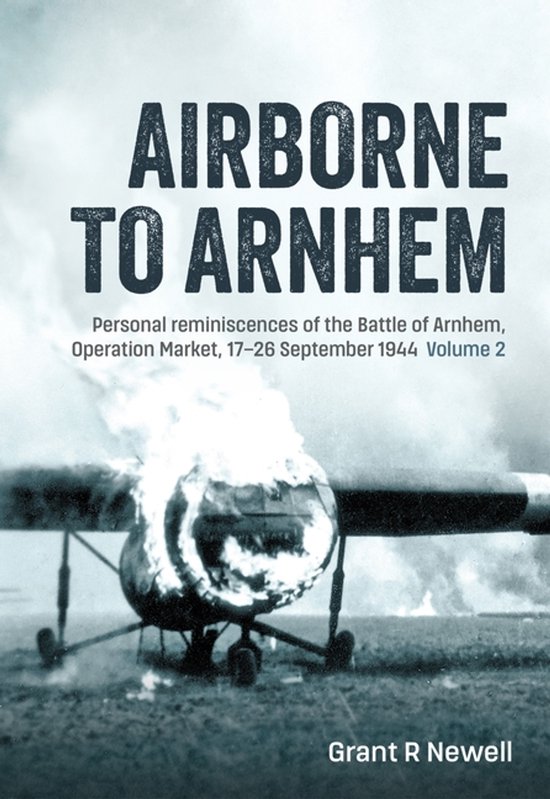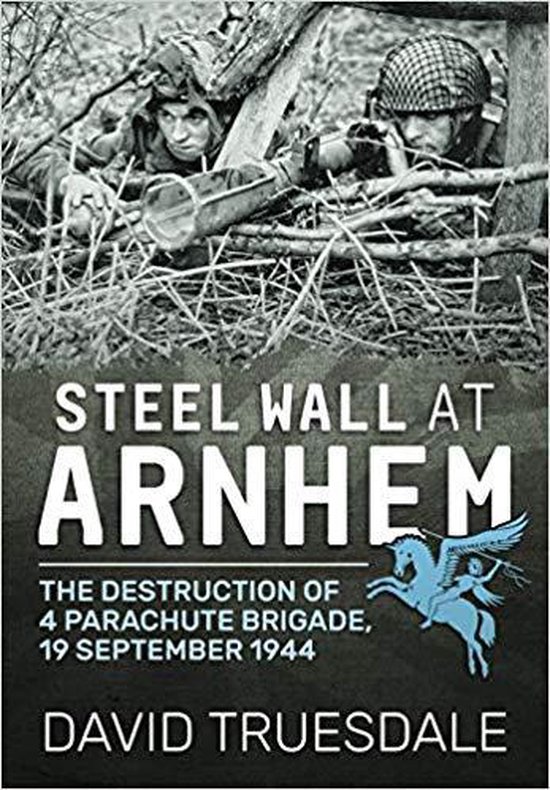Rbizo.com
Tugs and gliders to arnhem

Rubriek: Textual/Printed/Reference Materials - Boek
Prijs: € 175
Rating: 0/5
☆
☆
☆
☆
☆
Verzending:
Op voorraad. Voor 15:00 uur besteld, woensdag in huis
Op voorraad. Voor 15:00 uur besteld, woensdag in huis
Inhoudsopgave:
Omschrijving:
In September 1944, the largest airborne operation ever, took place over and on Dutch territory: Operation ‘MARKET GARDEN’. Being a combined airborne (‘MARKET’) and ground (‘GARDEN’) offensive the objectives of the operations were to capture the river crossings over the canals and rivers on Second Army’s main axis of advance and thus cutting off communications between Germany and The Netherlands.
Two American and one British Airborne Division were involved in the capture of the river crossings near Eindhoven, Nijmegen-and Arnhem. Each Division used paratroopers and gliderborne soldiers in order to land men and materiel close to the planned objectives.
The scope of this book focuses on the involvement of the British Glider Pilot Regiment and the Royal Air Force and their contribution in flying the glider serials on the first three days of Operation ‘MARKET’: the 17th, 18th and 19th of September 1944. In this period nearly sevenhundred gliders took off for various Landing Zones near Nijmegen / Groesbeek and Arnhem / Oosterbeek.
667 Horsa, Hamilcar and Hadrian/Waco gliders took off for the Landing Zones in The Netherlands, carrying some 600 jeeps, 95 guns and 4,500 troops. No less than 75 gliders, eleven percent of the total, landed prematurely. Some of the glider pilots and their passengers got a second chance to get to the Landing Zones and succeeded, others were not so lucky, landing in the Channel or the North Sea or on Dutch or Belgian territory. Some of the downed airborne troops were able to evade capture with the help of the Dutch Resistance, others would spend the rest of the war in a prisoner of war camp.
Many books have been written about the planning of this operation and on finding the reasons for the final outcome of the ‘Battle for Arnhem’. The author has decided not to go into details on this subject and the ground battle will not be described as several other authors have already successfully elaborated on this subject.
This book is written with the intention of being used as a sort of reference book for those who have an interest in details concerning:
•the planningof airborne operationsbetween ‘D-Day’ and ‘MARKET’,
•the planningof ‘MARKET’,
•organisation of the RAF Squadrons within No. 38 and No.46 Groups,
•glider serials per RAF Station,
•glider allotment per airborne unit,
•the transportof men and materiel by gliders.
• the organisation of the Air/Sea Rescue Services,
•glider loading and marshalling, and
•airborne transport and guns.
- Bekijk alle specificaties
Beste alternatieven voor u.

B Company Arrived the Men
Rating: 0 / 5 | Prijs: € 239.5
Uiterlijk 12 januari in huis .. MEER INFO

Airborne to Arnhem
Rating: 0 / 5 | Prijs: € 76.99
Airborne to arnhem is the second of three volumes of reminiscences of the battle of arnhem operation market 17th 26th september 1944 published by helion and company the three volumes contain over 150 personal accounts received from veterans of the 1st airborne division alongside those from raf ai
Nog niet verschenen - reserveer een exemplaar .. MEER INFO

Steel Wall at Arnhem
Rating: 3.5 / 5 | Prijs: € 29.95
The deployment of the british 1st airborne division somewhere in europe prior to the end of the war was indeed a case of coins burning holes in the pockets of shaef the allied high command was anxious to commit to battle a division that while it contained some elite units was not fully trained
Op voorraad. Voor 15:00 uur besteld, woensdag in huis .. MEER INFO
Product specificaties:
Taal: nl
Uitvoering: Hardcover
Aantal pagina's: 288
Illustraties: Met illustraties
Hoofdauteur: A.J. van Hees
Studieboek: Ja
EAN: 9789080680814